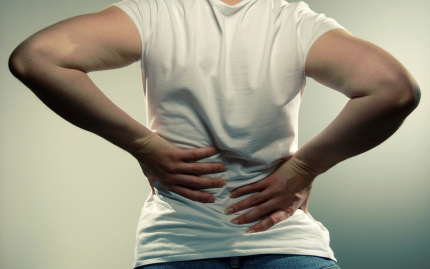


With in-depth studies on the IVD and IDD as well as its mechanism, many teams have found that combination of stem cell technology and treatment for IDD can not only maintain the normal physiological function and structure of the IVD, but even reverse the IDD cascade. In recent years, with the rapid development of stem cell technologies that have been effectively applied in haematology, circulation, orthopaedics, and other fields, stem cells have attracted the attention of researchers and clinicians. Surgical treatments can also solve pain problems, but have disadvantages such as inability to replace decreased nucleus pulposus (NP) cells, inability to reverse the pathological state of the intervertebral disc (IVD), and potential to cause various intraoperative and postoperative complications. When these methods are ineffective, surgery is often performed to relieve symptoms and improve quality of life. At present, most patients use rest or conservative treatment for pain relief, as well as a variety of drugs such as steroids, local anaesthetics, and other blocking agents.
STEM CELL TREATMENT FOR BACK PAIN COST SERIES
Degenerative disc diseases (DDDs) arising from IDD comprise a series of painful spinal diseases that include discogenic low back pain and lumbar disc herniation. Although the aetiologies of spinal degenerative diseases are varied and complex, intervertebral disc degeneration (IDD) is recognized as one of the most important causes. With the acceleration of population aging, the incidence of spinal degenerative diseases has increased significantly, and the main sign is chronic low back pain, which seriously affects patients’ quality of life and increases the economic burden on their family and society.


 0 kommentar(er)
0 kommentar(er)
